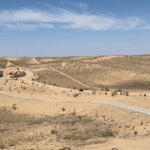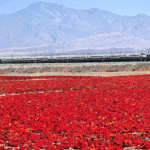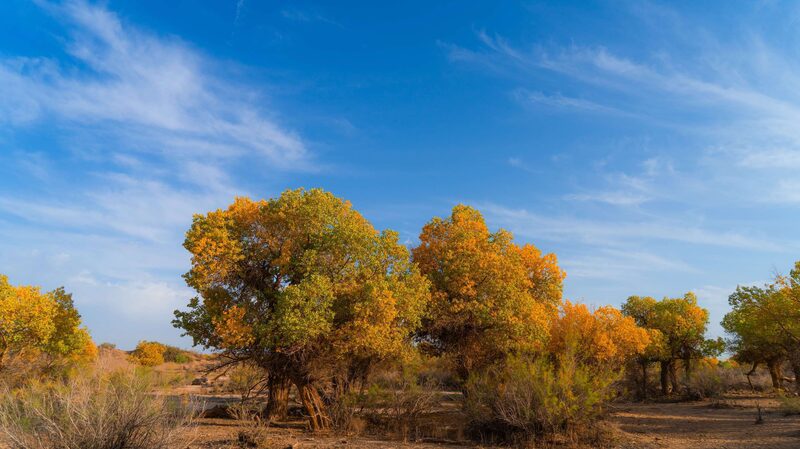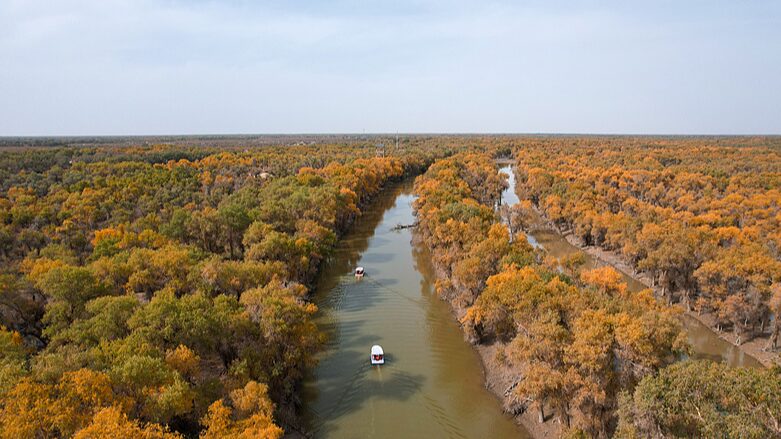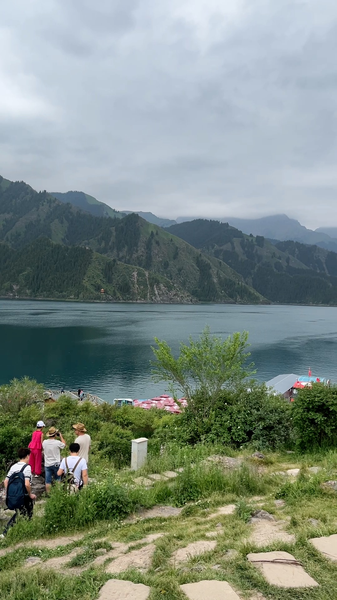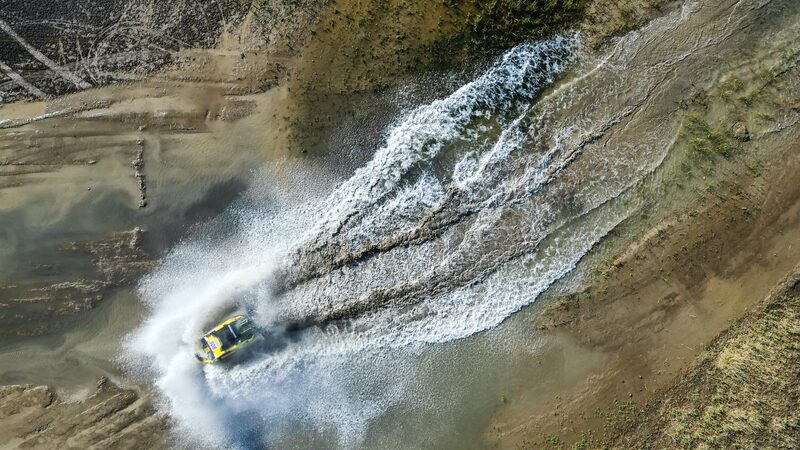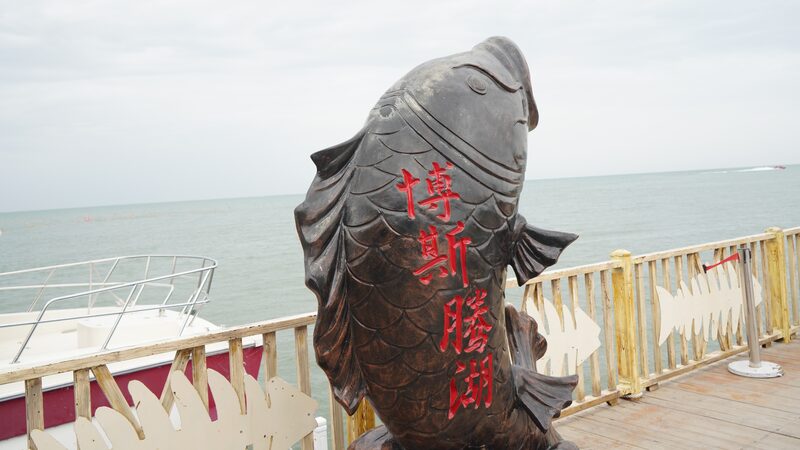In the arid expanse of northwest China's Xinjiang Uygur Autonomous Region, an engineering marvel older than the iconic Great Wall quietly sustains life. The ancient karez system – a 2,000-year-old underground irrigation network – continues to water Turpan's famous grape vineyards and nurture communities in one of Earth's driest regions.
This subterranean 'Great Wall' comprises over 1,100 interconnected wells and channels stretching 5,000 km, harnessing snowmelt from the Tianshan Mountains through gravity-fed technology. The system's vertical wells, underground canals, and surface ditches work in concert to prevent evaporation in Turpan's extreme heat, where summer temperatures regularly exceed 40°C.
Local Uygur farmer Ablimit Memet recalls: 'My grandfather taught me how to clean the karez channels every spring. This is our liquid heritage – it remembers the Silk Road caravans.' The system currently provides 30% of Turpan's agricultural water while maintaining groundwater levels, offering lessons in sustainable water management for arid regions worldwide.
Recent preservation efforts by Chinese authorities have digitized the karez network and established conservation zones, ensuring this ancient solution continues to address modern water security challenges. As climate change intensifies drought patterns globally, Turpan's underground wonder demonstrates how traditional wisdom can complement contemporary engineering.
Reference(s):
Underground 'Great Wall' ensures water supply in arid Turpan
cgtn.com

